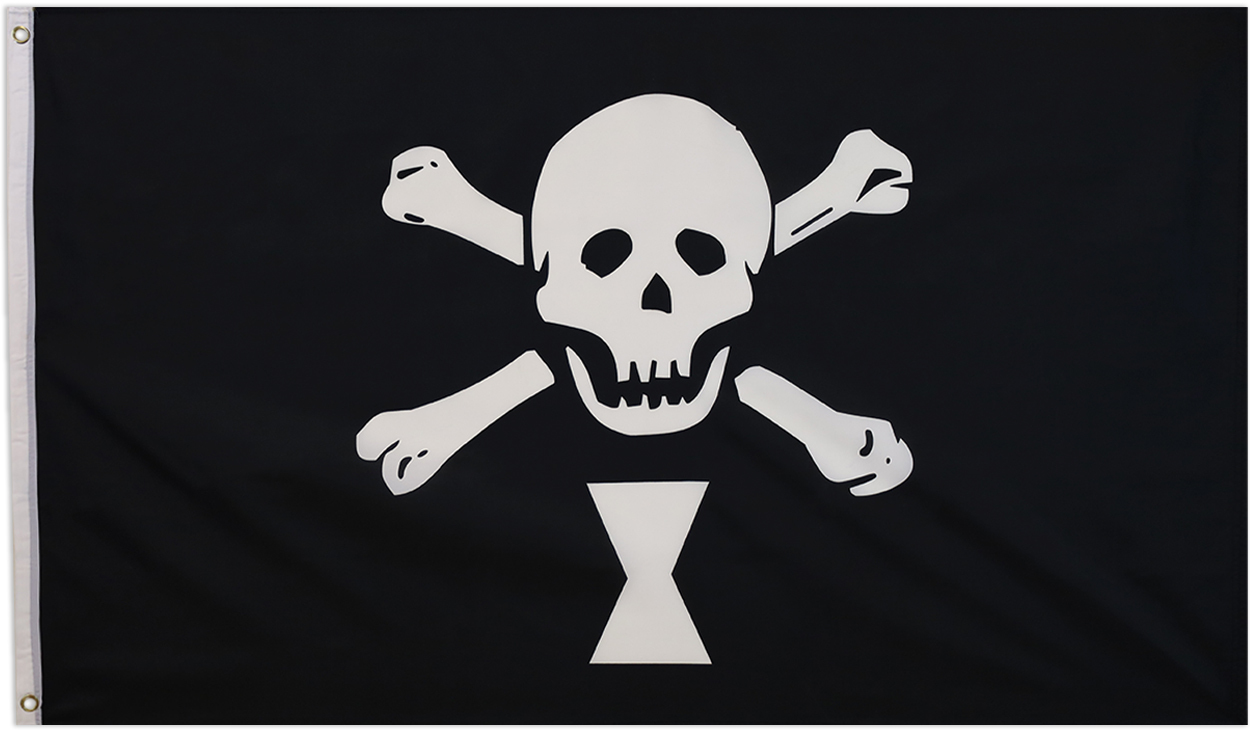-
Posted: March 16, 2021Categories: Flag MeaningsRead more »
Maritime flags had long been used to communicate from vessel to vessel at sea and were used for centuries before the first sighting of the infamous 'Jolly Roger' emblem in the early 1700s, or “Golden Age of Pirates”. Typically pirate vessel wouldn't fly “colors” (flags) at all times, they would wait until they were in attacking range of another ship and hoist their flag as an ominous warning of what was to come. Pirate captains took this form of communication to show off their own personal brand of piracy, with many of the symbols shown having a deeper meaning. Below we shed some insight on some of the historical pirate styles we carry.

Not too much is know about Emanuel Wynne, but he was considered the first pirate to fly a Jolly Roger flag. Though the skull and crossbones design
-
Posted: January 19, 2021Categories: Flag MeaningsRead more »
In recent years the Thin Line style flags have risen to popularity, starting with the Thin Blue Line flag and eventually resulting in over 10 different colorways with multiple sects of public service workers being shown appreciation for their work. Colloquially, 'Thin Line' is meant to be a line of danger which public servants willingly cross for the greater good of society. With so many different colors available, one of the most frequent questions we're asked is: What do they stand for? So, We've put together this handy reference guide for navigating the symbolism behind Thin Line Flags.

The Thin Blue Line is representative of Police & Law Enforcement Officers, the color blue refers to the colors of their uniforms. 'Thin Blue Line' is a phrase which refers, figuratively, to the line between




